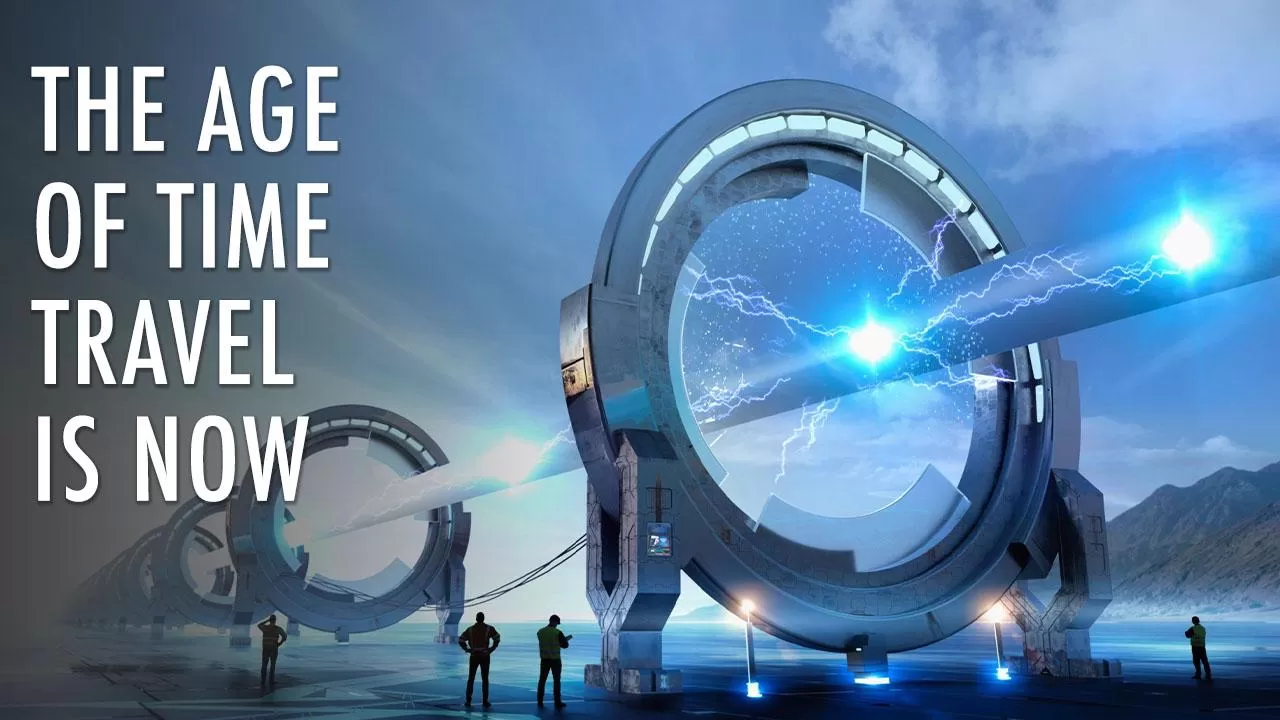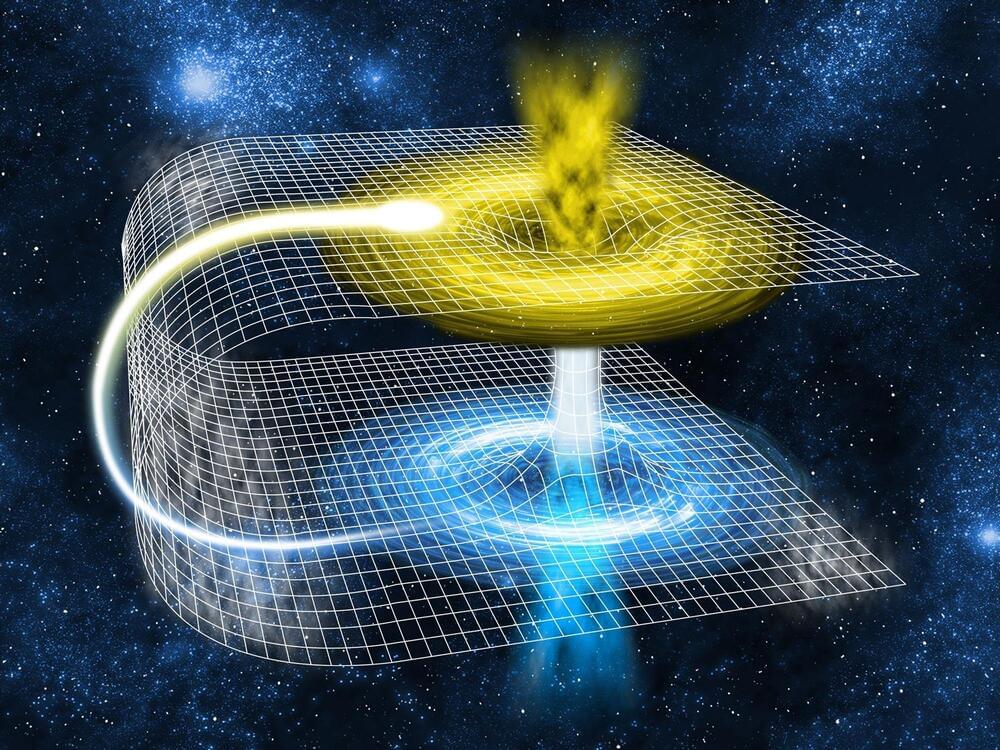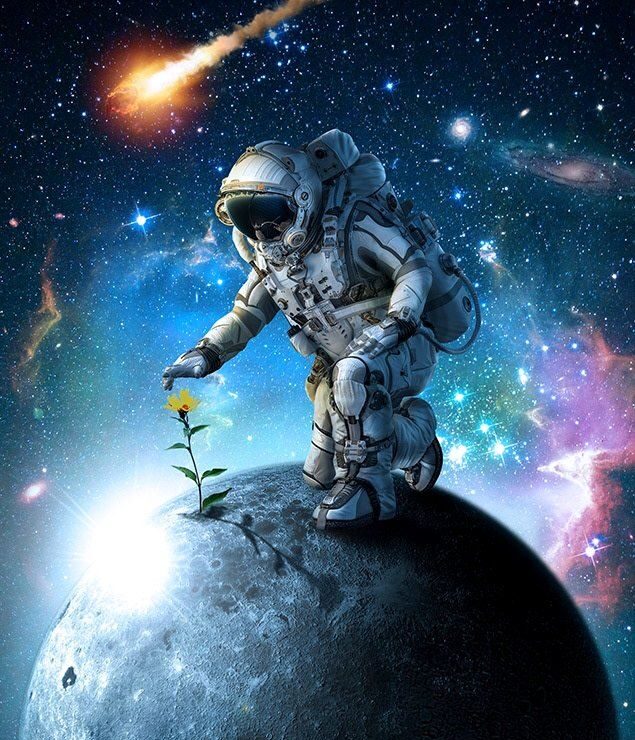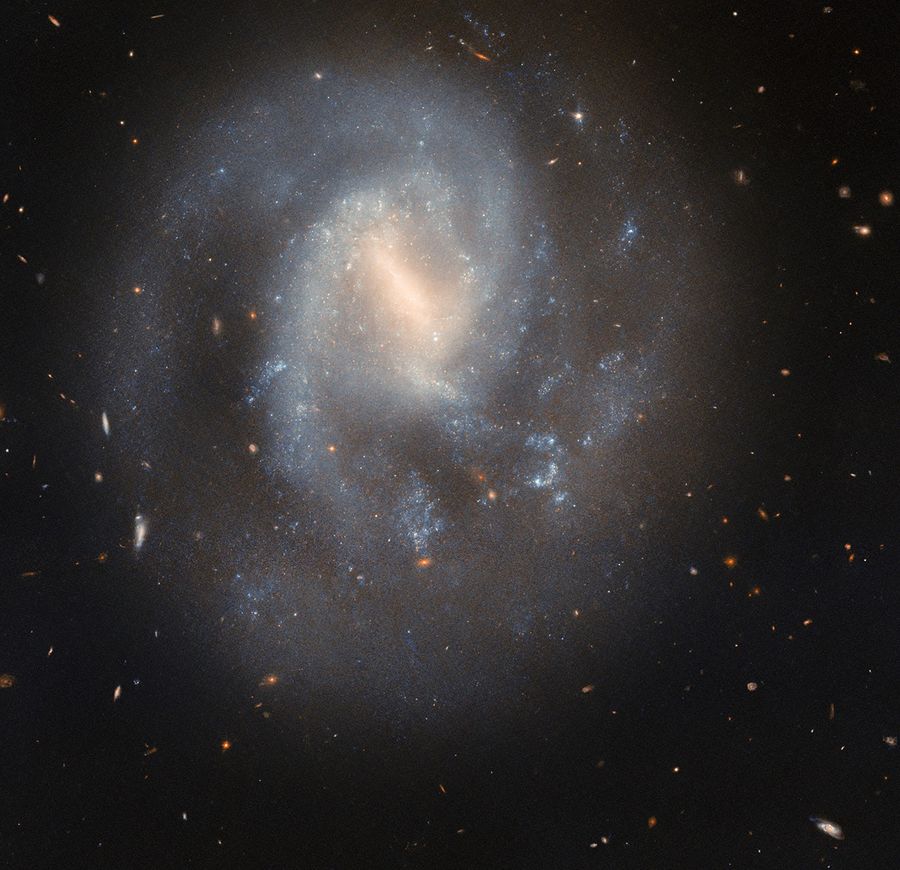Time Travel & Parallel Worlds: What If Science Fiction Isn’t Fiction After All?

Imagine this.
You’re standing in your backyard. The stars shimmer above. You blink—and suddenly, it’s the year 3025. Flying cars zoom by. Robots greet you by name. But you’ve only taken a breath.
Time travel. It’s been in our dreams, our books, and our movies for decades. From Interstellar to Avengers: Endgame, we’ve imagined what it might be like to leap through time.
But here’s the wild part: real scientists — including Albert Einstein and Stephen Hawking — seriously studied whether time travel and alternate dimensions could exist.
And some of them said… maybe.
Let’s go on a journey — not through time, but through the ideas behind it. Ready?
What Is Time, Really?
To us, time feels like a river. It flows from the past to the present and into the future. But according to physics, time is just another dimension — like height, width, and depth.
When Einstein introduced his Theory of Relativity in 1905, he showed that space and time are linked in a four-dimensional fabric called spacetime.
And here’s the mind-bender: this fabric bends and stretches depending on how massive something is — like a planet or a black hole. When it bends, time bends with it.
This means time doesn’t tick at the same rate everywhere. It’s slower near strong gravity (like a black hole) or when you’re moving very, very fast.
Astronauts on the International Space Station age a little slower than people on Earth. Not much, but enough to prove time dilation is real.
Time Travel to the Future: It’s Already Happening
Yes, really.
Einstein showed that if you could travel near the speed of light (about 300,000 km/s), your time would slow down compared to people left behind.
Let’s say you flew a spaceship at that speed for what feels like a year. When you returned to Earth, decades might have passed here.
This is not just theory. It’s backed by experiments. Atomic clocks flown in jets and satellites tick differently than those on the ground.
So, forward time travel is real. You just need a lot of speed—or gravity.
🔄 Back in Time? Now It Gets Complicated
Going backward in time? That’s where science gets fuzzy.
Some solutions in Einstein’s equations suggest the possibility of closed timelike curves—loops in spacetime that could, in theory, let you travel back to an earlier moment.
But such curves might require extreme conditions — like spinning black holes or wormholes — and even then, they could cause paradoxes.
Let’s say you went back in time and stopped your grandfather from meeting your grandmother. Then how were you born to go back in time? That’s the grandfather paradox.
To avoid these headaches, some scientists suggest that the past is fixed and can’t be changed. Others believe the universe would simply create a new timeline — a parallel universe — where your actions play out separately.
Wormholes: Cosmic Tunnels Through Spacetime
Now, let’s talk about wormholes.
Imagine the universe is a sheet of paper. Two dots are far apart. But if you fold the paper, the dots touch. A wormhole is like a shortcut that connects two distant points in spacetime.
Einstein and physicist Nathan Rosen theorized this in 1935, calling it the Einstein-Rosen Bridge.
In sci-fi, wormholes are stable tunnels people travel through. In real physics, they’re unstable. They might collapse instantly — unless held open by “exotic matter” with negative energy.
So far, exotic matter exists only in theory. But some physicists believe the universe might be hiding naturally formed wormholes.
We just haven’t found one… yet.

Stephen Hawking’s Time Traveler Party
In 2009, Stephen Hawking threw a party — but he didn’t send out invitations until after it ended.
Why?
He wanted to see if any time travelers from the future would show up. No one did.
Was it a joke? Yes — but also an experiment. His point: if time travel to the past is possible, where are all the time travelers?
Still, he didn’t rule it out. He once said, “Time travel might be possible, but it would be very dangerous.”
Multiverse and Alternate Dimensions
Some scientists think the universe isn’t alone. In fact, there might be countless universes — all part of a larger multiverse.
In one, you’re reading this on your phone. In another, you’re riding a dragon.
The Many-Worlds Interpretation of quantum physics suggests every decision splits reality — creating new versions of the universe.
Could time travel actually be dimension travel? Could wormholes lead not just across space and time, but into a different reality?
It sounds like fiction. But modern theories in string theory and quantum mechanics take these questions seriously.
Key Theories to Know
Here’s a quick summary of the big ideas and who brought them to light:
| Theory/Concept | Scientist(s) | Key Idea |
|---|---|---|
| General Relativity | Albert Einstein | Space and time are one fabric; gravity bends spacetime |
| Time Dilation | Einstein, tested by NASA | Time slows down near speed of light or gravity |
| Wormholes | Einstein & Nathan Rosen | Tunnels through spacetime may exist |
| Grandfather Paradox | Logical Problem | Changing the past might cause contradictions |
| Multiverse / Many Worlds | Hugh Everett, modern physicists | Infinite realities may exist side-by-side |
| Chronology Protection Conjecture | Stephen Hawking | The universe might “protect” itself from backward time travel |
So… Is Time Travel Possible?
Yes — forward time travel is proven.
Maybe — backward time travel is a mystery.
Probably not — changing the past without creating problems seems impossible.
But we’re still exploring. The universe is vast. What seems impossible today may be solved tomorrow.
Final Thought: Why It Matters
Time travel isn’t just about cool sci-fi movies. It touches deep questions:
- Can we escape our limits?
- Do parallel versions of us exist?
- Is the universe fixed — or full of choices?
The more we explore these ideas, the more we understand about space, time, and ourselves.
And who knows — maybe one day, your great-great-grandkid will visit you to ask what the world was like in 2025.
Suggested Reading/Watching:
- A Brief History of Time – Stephen Hawking
- The Fabric of the Cosmos – Brian Greene
- NASA Time Dilation Primer
- Caltech Wormhole Explanation




Checking out pkrbet. See if you can turn a small investment into a fortune. Could be fun for a night. pkrbet
If you’re looking for a 188bet dealer, nhacai188bet seems legit. Got some good deals and easy signup. Check it out!. Click here nhacai188bet
So I hopped onto bet291.net to check it out. Honestly, not bad! It’s got a decent range of betting options. I wouldn’t say it blew me away, but it’s definitely a solid choice if you’re looking to place some bets. Check it out: bet291
Pixbetcassino… alright, let’s see what you got! Gotta find that next favorite spot. Fingers crossed it’s great! Check it out here: pixbetcassino
Oi pessoal! My experience at esportivabetbr was pretty good. They have a lot of Brazilian flavor! Will definitely check it again. Great games!
Just got signed up to phpark369login now I’m going to give it a roll, hoping it turns out well. I love gambling so I hope things go my way phpark369login